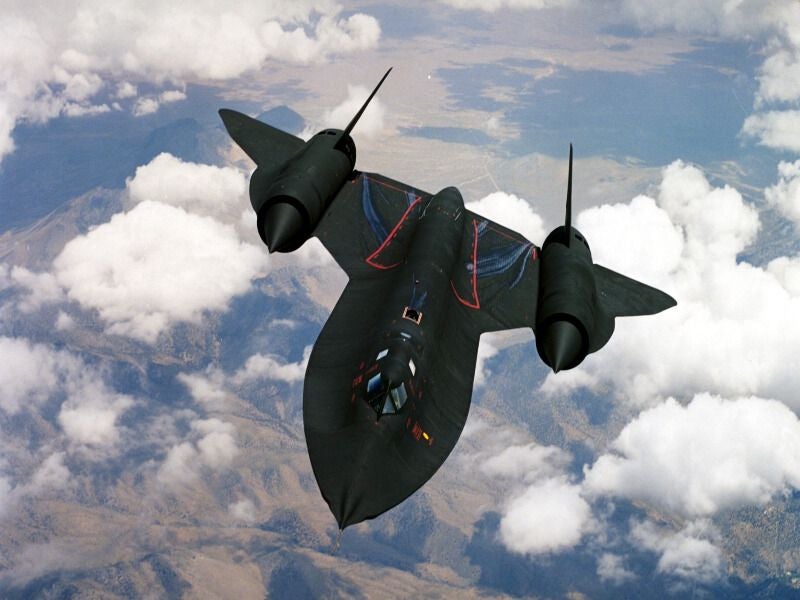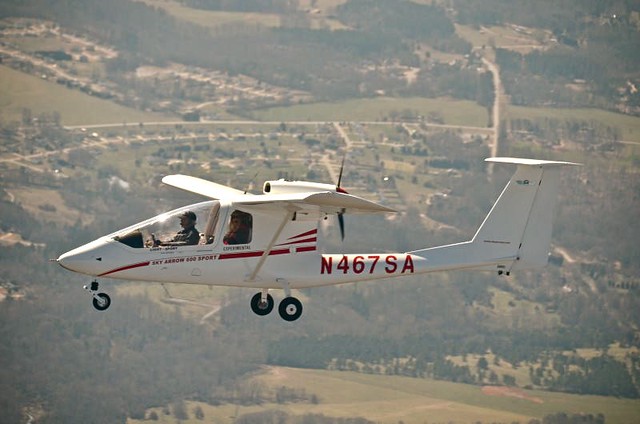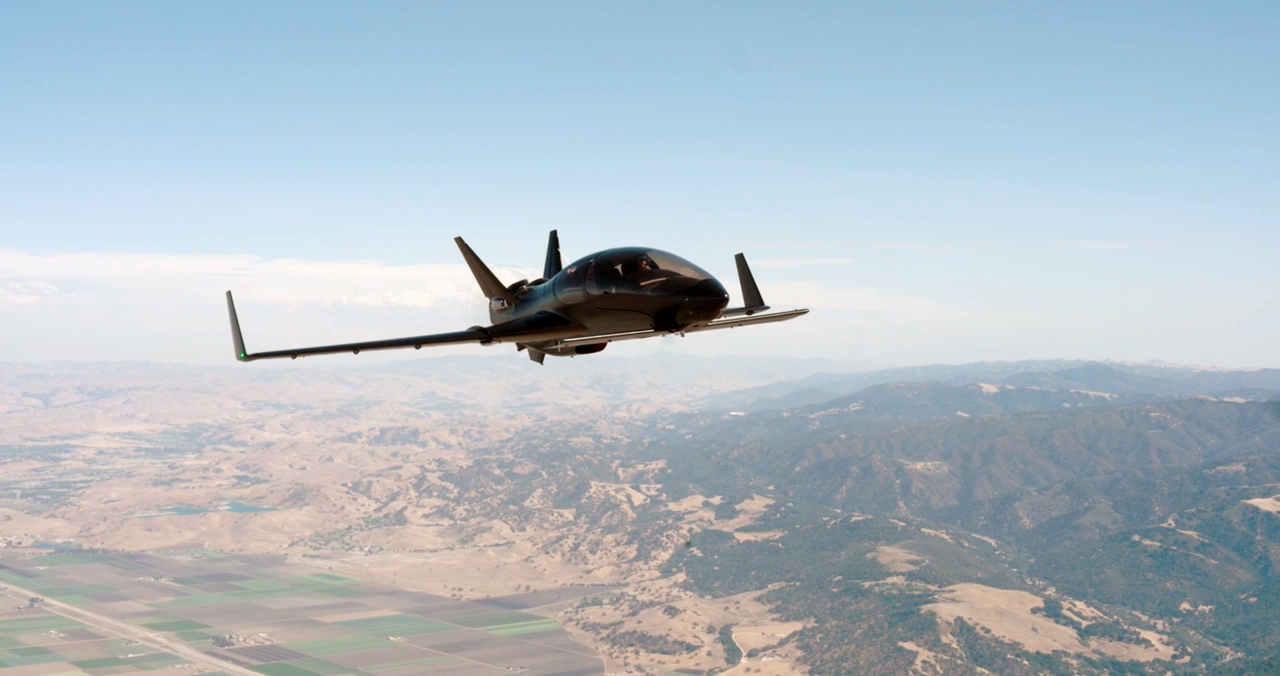arnoha
Cleared for Takeoff
I want this plane to succeed. It's very pretty. (Well, except for the mock-up interior which is horrid.)
There are engineering points on this aircraft that I just don't understand, though.
* The twin tails is the biggest one. That's a lot of added weight, complexity, and drag for an aircraft that is supposed to be fast, go far, and carry lots. I'd love to know what they thought they were gaining with that other than, "it looks cool!"
* The canopy. The ridiculous opening mechanism must weigh piles. How do you get into the thing? I see a fat bar pulled right across where I'd like to put my feet as I get in. How about getting into the back seat? Is it air-conditioned? Because with that much glass and no opening windows, it's going to be a sauna in the summer.
* Twin wheels on the nose. Again, why? Yes, canard designs rest a bit more weight on the nose. But what did that extra weight and complexity gain you in such a small aircraft?
* Winglets? Again, sexy, but pointless. A Boeing-style blended tip would be more efficient and lighter when you don't need to worry about wingspan limitations. This plane is too small for wingspan limitations.
I want this thing to work. So amazingly sexy. Those design decisions do make me question its viability, though.
There are engineering points on this aircraft that I just don't understand, though.
* The twin tails is the biggest one. That's a lot of added weight, complexity, and drag for an aircraft that is supposed to be fast, go far, and carry lots. I'd love to know what they thought they were gaining with that other than, "it looks cool!"
* The canopy. The ridiculous opening mechanism must weigh piles. How do you get into the thing? I see a fat bar pulled right across where I'd like to put my feet as I get in. How about getting into the back seat? Is it air-conditioned? Because with that much glass and no opening windows, it's going to be a sauna in the summer.
* Twin wheels on the nose. Again, why? Yes, canard designs rest a bit more weight on the nose. But what did that extra weight and complexity gain you in such a small aircraft?
* Winglets? Again, sexy, but pointless. A Boeing-style blended tip would be more efficient and lighter when you don't need to worry about wingspan limitations. This plane is too small for wingspan limitations.
I want this thing to work. So amazingly sexy. Those design decisions do make me question its viability, though.








